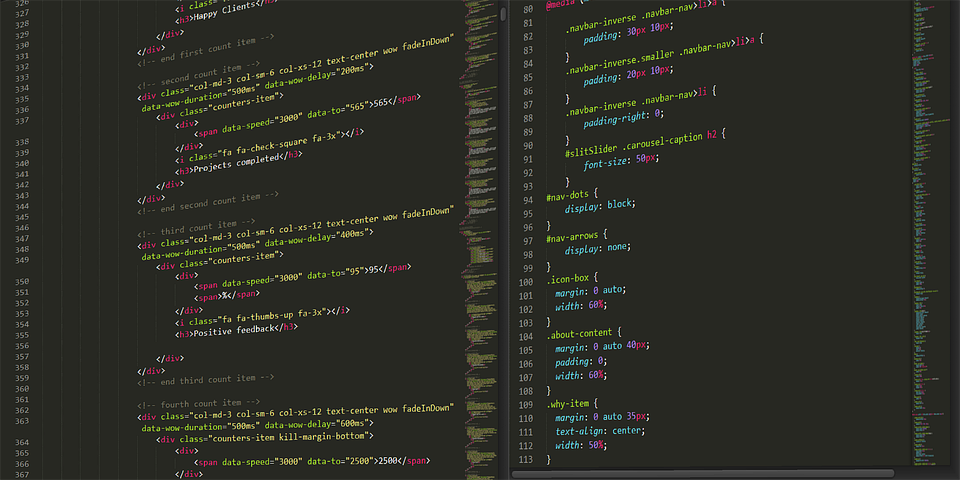In today’s digital age, reaching a global audience is not just a possibility; it’s a necessity. Whether you are a startup, a non-profit organization, or an established corporation, creating a multi-language website can significantly expand your market reach, enhance user experience, and ultimately drive business growth. This blog explores the best practices for developing multi-language websites and highlights two powerful tools—WPML and Weglot—that can streamline the translation process.
Why Multi-Language Websites Matter
The internet knows no borders, and a multi-language website can:
- Enhance User Experience: Website visitors are more likely to engage with content that speaks their language, which can lead to lower bounce rates and higher conversion rates.
- Build Credibility: Offering your content in multiple languages demonstrates commitment to inclusivity, thereby building trust with your audience.
- Improve SEO: Localizing your website can enhance search engine visibility and drive more organic traffic from various regions.
Best Practices for Multi-Language Website Development
1. Plan Your Translation Strategy
Before diving into the technical aspects, it’s essential to develop a clear translation strategy:
- Identify Target Languages: Research your audience demographics and pinpoint which languages will benefit your website the most.
- Prioritize Content: Not all content is created equal. Focus on translating the most important pages first—like your homepage, product pages, and FAQs.
2. Use a Reliable Content Management System (CMS)
Choosing a robust CMS that supports multi-language functionality is paramount. WordPress, for instance, is popular for its flexibility and extensive plugin ecosystem, making it an excellent choice for multi-language websites.
3. Implement Language Switchers
Make it easy for users to switch between languages. A visible and intuitive language switcher should be included in the header or footer of your website to enhance usability.
4. Be Mindful of Cultural Nuances
When translating content, don’t just go for word-for-word translations. Cultural nuances, idioms, and local customs play a crucial role in how content is interpreted. Consider hiring professional translators who understand the target market.
5. Localize Your Content
Localization goes beyond translation. It involves adapting your content to meet the cultural and social expectations of your audience. This includes modifying images, currency, date formats, and even color schemes according to cultural preferences.
6. Optimize Your SEO for Multiple Languages
Multilingual SEO is critical for visibility. Use local keywords in your translated content, and ensure that each language version of your website has its own URL structure (e.g., with language codes like example.com/en/ for English and example.com/es/ for Spanish).
7. Use Efficient Translation Tools
Incorporating the right translation tools can greatly simplify the process. Two of the most popular solutions available today are WPML (WordPress Multilingual Plugin) and Weglot.
WPML: Powering Your Multilingual WordPress Site
WPML is a leading multilingual plugin for WordPress that allows users to build and manage multilingual sites effortlessly. Here’s why it stands out:
- Comprehensive Features: WPML offers translation management, making it simple to translate pages, posts, custom types, and even WooCommerce products.
- SEO-Friendly: WPML automatically adapts your site for SEO-friendly multilingual content.
- Compatibility: The plugin is compatible with most themes and plugins, ensuring a seamless integration.
Key Features of WPML:
- Language Switcher customization
- Automatic translation options
- Built-in translation management dashboard
Weglot: Fast, Easy & Efficient Translations
Weglot is another fantastic tool that enables instant website translations without the need for extensive coding skills. Here’s what makes it a popular choice:
- Ease of Use: Weglot seamlessly integrates with your existing website and requires minimal setup. Once installed, it automatically translates your content.
- Real-Time Editing: Users can easily manage and edit translations in Weglot’s intuitive interface.
- Multi-Platform Support: Works with various websites and platforms, including WordPress, Shopify, and Wix.
Key Features of Weglot:
- Automatic and customizable translations
- Compatibility with various CMS platforms
- Detailed analytics on translation performance
Conclusion
Developing a multi-language website is an investment that can yield significant returns by widening your audience and improving user engagement. By adhering to the best practices outlined in this blog and utilizing advanced tools like WPML and Weglot, you can create a seamless and accessible experience for global visitors to [site-title].
Remember, the key to successful multi-language website development lies in thorough planning, cultural sensitivity, and employing the right tools to streamline and simplify the process. Start building a welcoming digital space for your global audience today!




